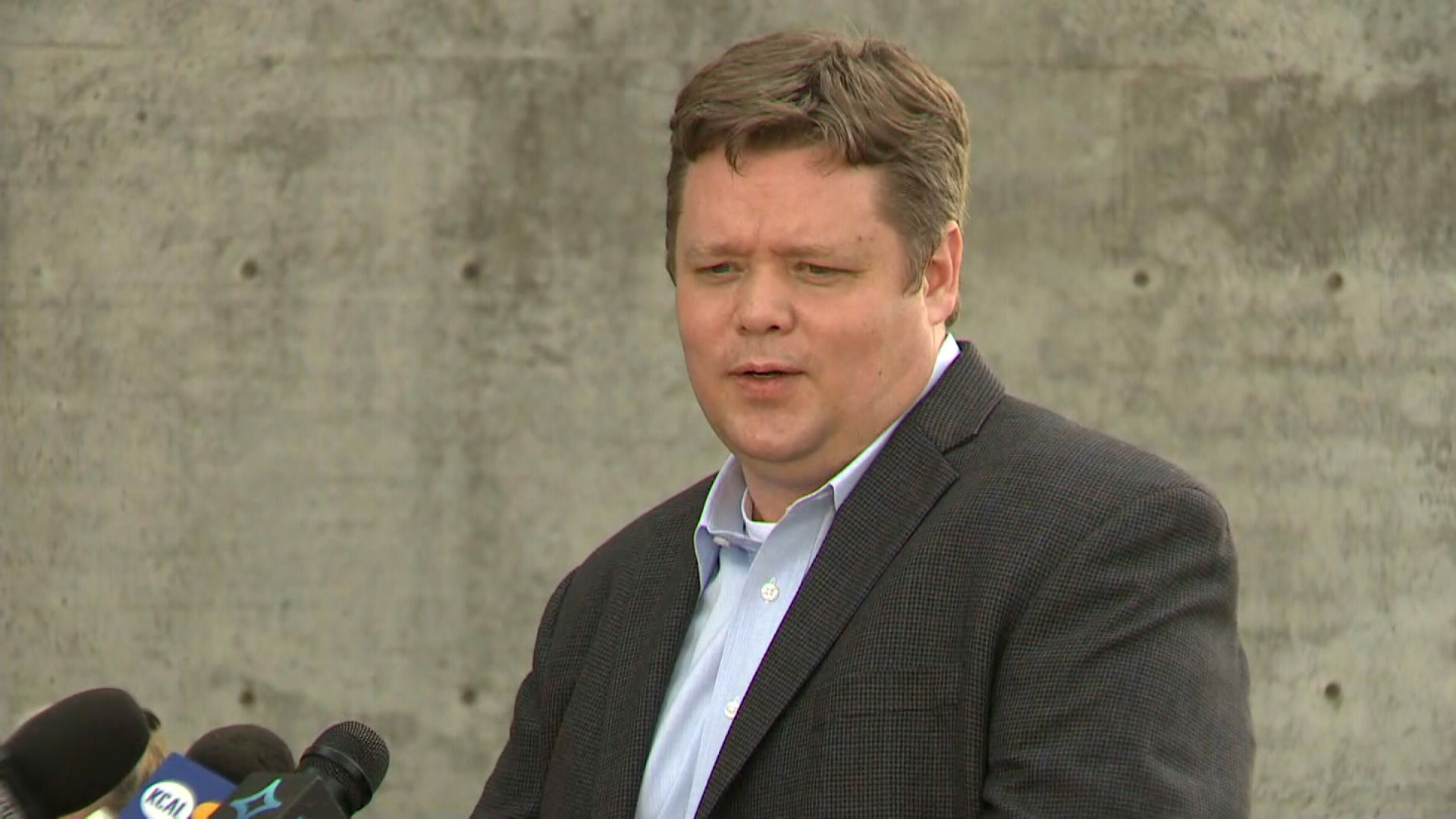
Cleanup efforts are underway off the coast of Southern California after a 17-mile pipeline leaked 3,111 barrels — or 127,000 gallons — of crude oil in the ocean, and devastated some local wildlife.
The leak, reported Saturday about 5 miles off the coast of Huntington Beach in Orange County, appears to have stopped, officials said. Meanwhile, divers are inspecting the 17-mile pipeline to find the exact source of the spill.
Here's what we know so far about the oil spill:
What happened: Amplify Energy notified the Coast Guard on Saturday morning when employees were conducting a line inspection and noticed a sheen in the water, the company president and CEO Martyn Willsher said.
The pipeline has been "suctioned at both ends to keep additional crude out," Willsher said, adding he doesn't expect more oil to be released.
The company was working with local, state and federal agencies on recovery efforts, Willsher said.
About the pipeline: The pipeline is owned by the Houston-based oil and gas company Amplify Energy, Willsher said. Amplify is a small, independent company with 222 employees as of the end of 2018, the last time it reported its staff size in a company filing. Its most recent financial report shows sales of $153 million, with year-to-date losses of $54.4 million through the end of June.
The facilities operating the pipeline were built in the late 1970s and early 1980s and are inspected every other year, including during the pandemic, he said.
Wildlife threatened: So far, wildlife experts have recovered four live oiled birds, one of which had to be euthanized. But, the extent of the ecological damage won't be know for another couple of weeks.
Orange County Supervisor Katrina Foley said Sunday dead birds and fish were washing up on the shore.
"The oil has infiltrated the entirety of the (Talbert) wetlands. There's significant impacts to wildlife there," she said. "These are wetlands that we've been working with the Army Corps of Engineers, with (a local) land trust, with all the community wildlife partners to make sure to create this beautiful, natural habitat for decades. And now in just a day, it's completely destroyed."
Health risks: Orange County health officials advised residents to avoid recreational activities on the coastline and recommended people who may have encountered the oil seek medical attention. Effects of oil or dispersants on people could include eye and skin irritation, headache and vomiting, with children and older people more at risk, an area health agency said.
Beach closures: The city of Laguna Beach announced Sunday evening all beaches would close to the public beginning at 9 p.m., while Newport Beach issued an advisory warning people to avoid contact with ocean water and areas of beach impacted by oil. Sections of the shoreline at Huntington Beach were closed on Saturday, with Mayor Kim Carr on Sunday describing the spill as a "potential ecological disaster."
About the area: The oil spill is just the latest such incident to hit California's shores, including the 1969 spill of as much as 4.2 million gallons of crude oil near Santa Barbara. Locally, Huntington Beach bore the brunt of a 1990 spill of about 417,000 gallons of crude oil when an oil tanker ran over its anchor and punctured its hull.
How it compares: The current spill, at 126,000 gallons, would fill about 20% of an Olympic-sized pool. Its volume pales in comparison to the most serious oil spills in history, including the 1989 Exxon Valdez oil spill in Alaska (11 million gallons) and the 2010 Deepwater Horizon spill in the Gulf of Mexico (134 million gallons).



